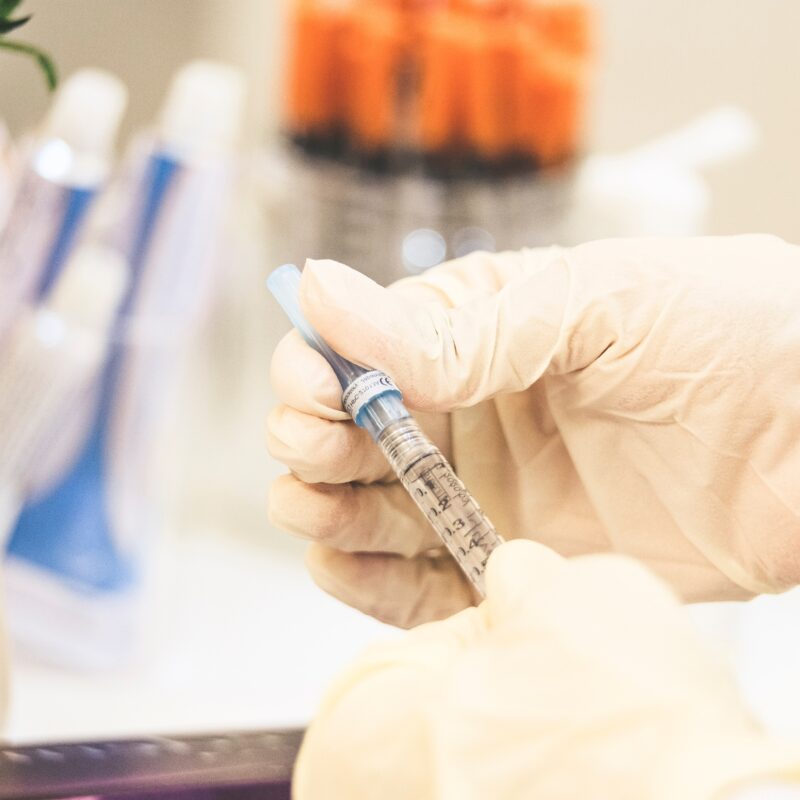Arnaldo Rizzo, MD
Introduction
For centuries, aesthetic surgery and medicine have been influenced by static anthropometric canons such as symmetry, golden ratios, and proportional indices. Yet, the human face is not a fixed entity; it is a morphogenetic and dynamic structure, continuously reshaped by:
– growth, aging, functions and muscle forces.
Geometric morphometric studies have demonstrated that craniofacial remodeling follows identifiable trajectories throughout life,
influenced by hormonal changes, skeletal resorption, and muscular activity.
Morphodynamic Cosmetic Surgery (MDCS) arises from this evidence, proposing a dynamic and regenerative approach to aesthetic interventions.
Rather than correcting isolated defects or adding static volumes, MDCS aims to restore functional harmony and dynamic balance among craniofacial units, guided by morphodynamic vectors and supported by regenerative biomaterials.
Methods
The MDCS framework integrates three complementary pillars:
1. Morphodynamic analysis – Based on geometric morphometrics, clinical photography, and functional facial motion. Landmarks and vectors are analyzed not only in static conditions but across expressions and postural dynamics, highlighting areas of disharmony.
2. Regenerative biomaterials – Preference is given to threads and in minimal part to fillers. These are applied not only for mechanical lifting but as mechanobiological stimuli. Threads act as micro-scaffolds, activating stem cells and fibroblasts through mechanotransduction, stimulating neocollagenesis, angiogenesis, and extracellular matrix remodeling.
3. Surgical application – Interventions are performed along morphodynamic vectors, anatomic features and set goals of the treatment plan, ensuring that the changes in neuromuscular network dynamics are in the desired direction. This minimizes
overcorrection and preserves natural expressiveness.
Results
Preliminary clinical observations in patients undergoing MDCS show:
– Improved naturalness compared to filler-based volumization.
– Longer-lasting rejuvenation, with stimulation of collagen and elastin evident at follow-up.
– Avoiding the unwanted effects of more invasive techniques over subsequent years
– Patient satisfaction due to preservation of expressiveness and avoidance of “frozen” or “surgical” facial outcomes.
The strategic use of slow-resorbing biomaterials as bioactive stimuli rather than fillers appears to generate a regenerative effect in the different facial tissues (skin, subcutaneous tissue, muscles and bones), allowing for definitive changes to be made.
Discussion
The MDCS approach represents a conceptual and methodological advancement:
– It recognizes the dynamic nature of facial morphology, influenced by growth, functions, aging,and muscular vectors.
– It integrates mechanobiology into surgical planning, using biomaterials as tools to stimulate stem cell activity and tissue regeneration rather than simply replacing lost volume.
– It enhances personalization, since each intervention is tailored to the patient’s individual morphodynamic analysis.
This integration resonates with broader developments in regenerative medicine and tissue engineering, where mechanical forces and scaffolds are increasingly recognized as critical determinants of cellular fate and tissue quality.
Conclusion
Morphodynamic Cosmetic Surgery offers a novel paradigm in aesthetic practice:
– Beyond symmetry and proportion, it seeks dynamic harmony.
– Beyond fillers, it employs biomaterials as regenerative stimulators.
– Beyond static correction, it fosters long-term functional and aesthetic rejuvenation.
MDCS bridges clinical surgery with mechanobiology and regenerative science, opening a pathway to biologically sound and personalized facial rejuvenation.
References
– Argentati, C., et al. (2019). Insight into mechanobiology: How stem cells feel mechanical forces and orchestrate
biological functions. Int J Mol Sci, 20(21), 5337.
– Hoffman, T., Khademhosseini, A., & Langer, R. (2019). Chasing the paradigm: Clinical translation of 25 years of tissue engineering. Tissue Eng Part A, 25, 679–687.
– Israel, H. (1968). Continuing growth in the human cranial skeleton. Arch Oral Biol, 13(1), 133–137.
– Meretsky, C. (2024). Advances in tissue engineering and its future in regenerative medicine compared to traditional reconstructive techniques. Cureus, 16(9): e68872.
– Shaw, R. B., & Kahn, D. M. (2007). Aging of the facial skeleton: Aesthetic implications and rejuvenation strategies. Plast Reconstr Surg, 119(2), 675–682.
– Vining, K. H., & Mooney, D. J. (2017). Mechanical forces direct stem cell behaviour in development and regeneration. Nat Rev Mol Cell Biol, 18, 728–742.
– Windhager, S., Mitteroecker, P., Rupi■, I., & Schaefer, K. (2019). Facial aging trajectories: A common shape pattern inmale and female faces is disrupted after menopause. Am J Phys Anthropol, 168(3), 679–690.
– Woodbury, S. M., et al. (2023). Mechanobiology-informed biomaterial and tissue engineering strategies for influencing skeletal stem and progenitor cell fate. Front Physiol, 14, 1220555.



